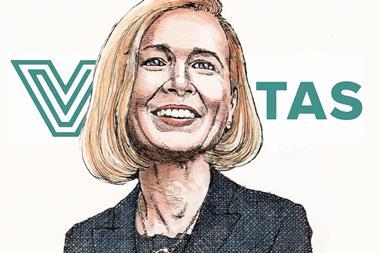GLOBAL - Policymakers for the world's larger economies have turned a blind eye to the very real risk of deflation, according to ING Investment Management.
Valentijn van Nieuwenhuijzen, head of fixed income and economics at ING IM, said the chance of deflation occurring - triggered by a double-dip recession in the US, an oil-price spike or a similar "negative shock" - was uncomfortably large.
"What policymakers should do - and what I fear they are not doing aggressively enough - is eliminate the risk that deflation will materialise on a two to three-year horizon," he said.
Van Nieuwenhuijzen said policymakers should pursue additional quantitative easing, raise money growth or inflationary growth targets and increase coordination between fiscal and monetary policy.
He said ING's base-case scenario was for inflation rates to continue to drift lower for the next few years.
"They won't necessarily dip into negative territory," he added, "but we are too close to that range for comfort in Europe and the US."
Van Nieuwenhuijzen said there was bound to be lower nominal growth in the developed world for quite some time and that institutional investors would have to live with lower returns on almost every asset class.
"Investors with liabilities in particular should not bet too much on a significant rise in long-term Treasury yields," he said.
"We're certainly close to the bottom end of the range for most of the Treasury markets, and we don't expect to see them revert any time soon to the averages we've seen over the last decade."
Van Nieuwenhuijzen said that although the average total return on most asset classes would be more modest than that seen over the last three decades, there were still relatively attractive premia to be earned by taking on more risk in portfolios.
"That also applies to the bond markets - institutional investors should be wary of stepping completely away from the bond markets, especially because Treasuries for the core markets, such as the Dutch or US, tend to have a negative correlation to risky assets in periods of stress."
Any institutional portfolio with a total-return objective, he said, should contain exposure to core Treasury markets - most preferably Germany and the US - and a mixed bag of risky assets, such as peripheral European Treasury bonds, credit, EMD paper, equities, commodities and real estate.
"For all those asset classes," he added, "the excess return over money markets they gain is relatively attractive at this moment."












No comments yet